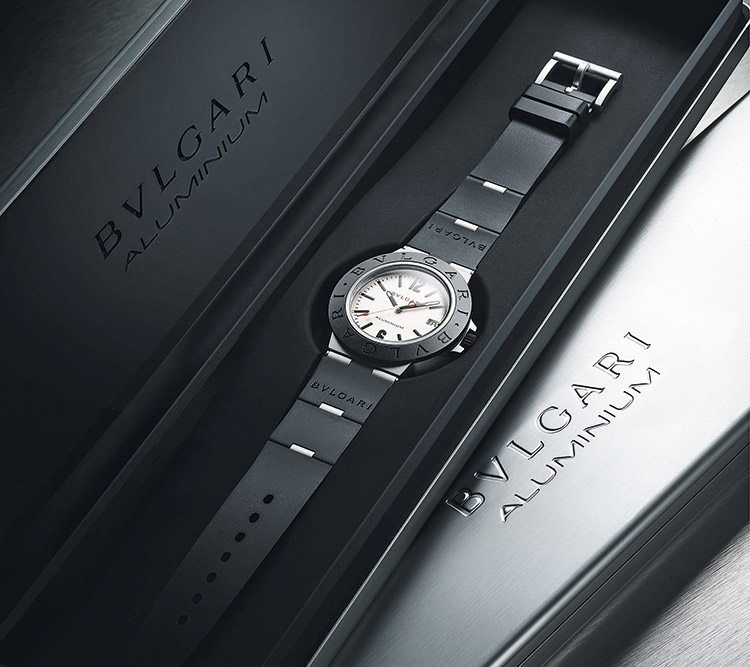Bvlgari: aluminium is the way to go
“Day & Night” caught up with Jean-Christophe Babin – Group CEO, Bvlgari – at the Geneva Watch Days 2020, where he talks to us of why Bvlgari is enamoured of aluminium, the complications of the Octo Finissimo Tourbillon Chronograph Skeleton Automatic, and Gerald Genta…
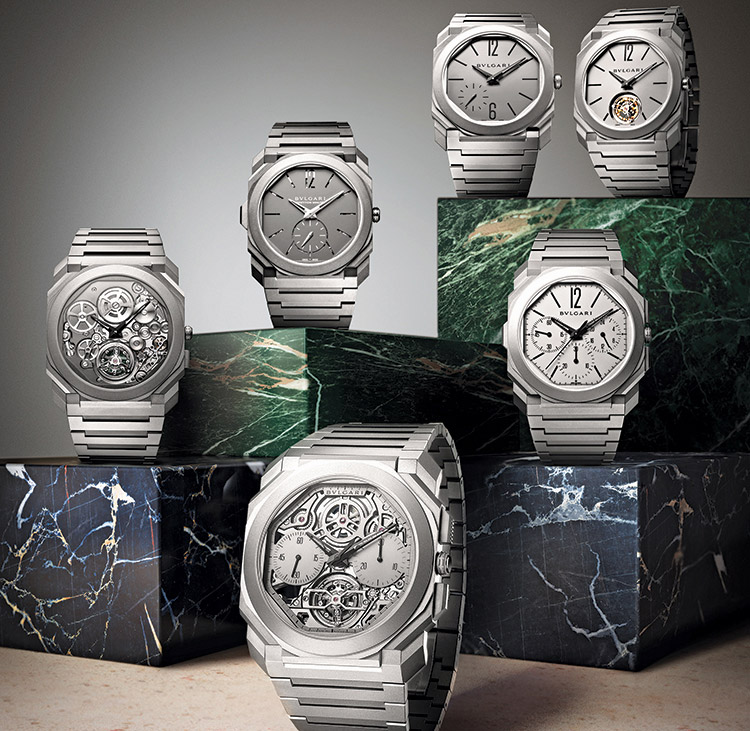
You have introduced two editions of the Bvlgari Aluminium watches; what attracts Bvlgari to aluminium?
We did a study as to why the Swiss watch industry has stagnated in the past 5-7 years in comparison to rest of the luxury industry, which has grown steadily year-on-year with a 7 percent growth rate. We realised that there has been a lack of significant innovation in the last decade and, more importantly, a lack of attention to the millennial clientele. Millennials want something casual, something that can be dress-up and also dress-down, something very versatile that matches their dressing style. When you look at our recent products, even the Octo Finissimo, they do not exactly cater to that style, even though it is in the right direction. We thought that the answer the new generation of millennials – be it in China, Middle East, or America – is waiting for is aluminium. Aluminium, from the beginning, has had all the characteristics we were looking for – a sexy, cool, trans-generational watch.
Looking back at our last aluminium creation in 2008, it has lost nothing of its desirability, attractiveness, or relevance. We decided to totally reinvent it yet retain the iconic look as it was primarily designed for attractiveness; a strong contrast between black and silver. We used aluminium and rubber because they are light, ergonomic, and easy to wear. We improved all features – the water-resistance from 30m to 100m, and the diameter from 28mm to 40mm. Instead of quartz, we have shifted to a mechanical movement. We have two very nice movements: an automatic mechanical movement on one hand and an integrated chronograph, which is the flagship of the collection.
We have also introduced titanium on the caseback, the crown and the chronograph pushers, so the watch is actually a combination of aluminium, rubber and titanium. The quality of aluminium has changed a lot since we last used it; it is now anodised aluminium. The case is redesigned, so that not only is it bigger but the lugs are different so as to accommodate the strap in a more organic manner. Obviously, we have also evolved the strap as it was as legendary as the watch case itself. The feedback from the younger generation for the prototypes has been massive, immediate, and international. It probably answers all requirements with emphasis on craftsmanship, because it is Bvlgari, it is mechanical, and features all the refined detailing.

The first-generation aluminium watch developed a yellow tint with time; how have you dealt with that issue?
When you anodise, you actually deposit a film on the aluminium that penetrates the molecular structure of the aluminium so it will not peel or be removable. It is similar to the DLC coating, this protects the watch from the impact of UV rays, which result in the yellow tint, from the impact of corrosion, movement against cloth or scratches. The material is much more than traditional aluminium and much closer to the standards that people expect from stainless steel.
How did Bvlgari manage to fit in so many complications in the Octo Finissimo Tourbillon Chronograph Skeleton Automatic watch in an ultrathin movement and still make it fit in an ultra-thin case?
We obviously built up our thin chronograph expertise when we launched our first selfwinding thin chronograph, establishing a new world record on chronographs. For this edition, we had to redesign the movement at 70 per cent, because when you plug a tourbillon into a movement, you take space that has to be regained somewhere else. That is why the movement is the same thickness, but slightly larger in diameter. The chronograph, instead of being 42mm, now has a 42.5mm case as we had to position the components that were displaced by the tourbillon somewhere else. We decided to go for a skeleton, as it pays the ultimate tribute to craftsmanship and complexity. We used titanium because all our world records have to be consistent as a story and be of special materials such as titanium rather than carbon.
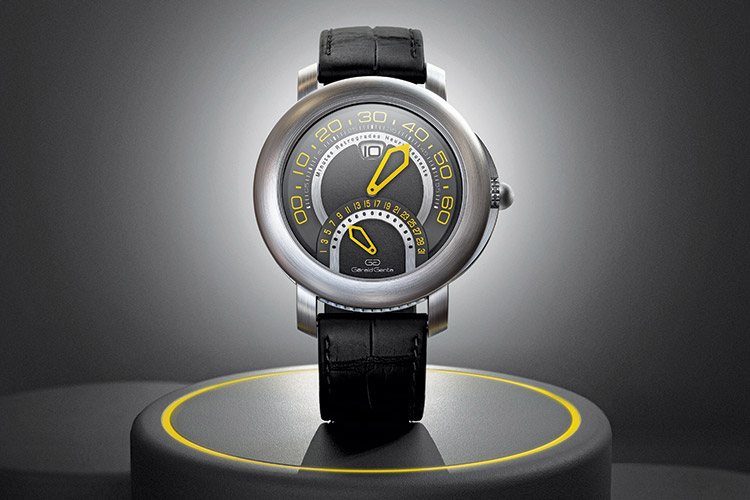
Bvlgari has been setting world records for the past six years; what do you attribute that to?
We have been lucky and committed; committed since the development of the first Finissimo, which since inception, was presented more as a platform than a movement. We said in 2014 that this would be a long-lasting platform with many additions to come. We have evolved from manual winding to selfwinding; from watch to tourbillon, to minute repeater, then to a chronograph, and ultimately now to a tourbillon chronograph. The platform approach has worked, however, they are all different; some have a micro rotor, while others have a peripheral rotor. The construction philosophy is quite different between one and the other, but the real knowledge we have accumulated is in micro, micro mechanics, which has helped us to present a watch with 180 components as well as one with 250 components in virtually the same volume, which is quite amazing. The record is not the goal; the goal is ultimate masculine contemporary elegance. We want to match the benefit that we provide in ladies high jewellery, which is the ultimate ladies contemporary elegance in the preferred men’s accessories, i.e., the watches. For men’s watches, that is the slim fit, which means the ultrathin. That is why we decided to go for the ultrathin, and also for the world record, thus making watch history.
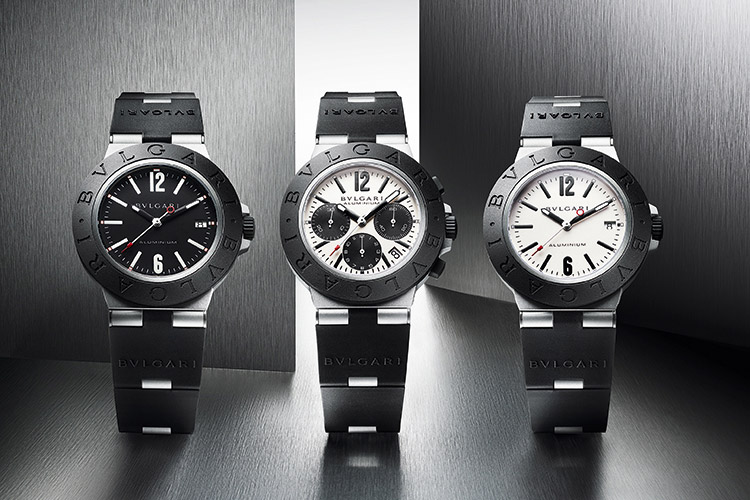
Does the Octo Finissimo Tourbillon Chronograph Skeleton Automatic watch complete the complications in the Finissimo line?
The line is very versatile; it can span from the new steel polished and brushed Finissimo 100S, which is the first sports Finissimo. Finissimo till now was only water-resistant to 30m and in titanium. The new watch is a major milestone because for the first time, we have brought Finissimo into the mainstream market by making it in steel – polished and brushed, which is the gold standard for steel watches. It is also sporty; the leader for the watch market is the sports watch, and many of the other icons in the luxury watches are sports watches. This is a true sports watch; it is water-resistant up to 100m and has a screwed-down crown. For me, this watch is a milestone in Finissimo because it takes Finissimo from a niche into the mainstream category; it is of steel, it is lightweight, has the right ratio of diameter and thickness, and has the right functionalities so that you can do anything with that watch. The black dial was very successful when we introduced it in Middle East, but I think the blue dial will be even more successful. We are seeing Finissimo evolving into a larger category, which is a mainstream luxury watches category with the pricing at CHF12,000.
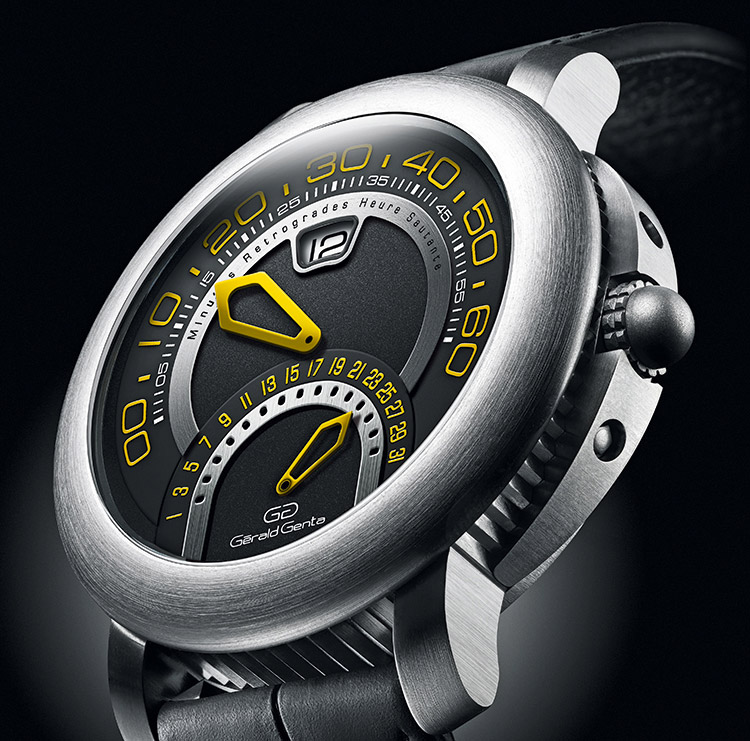
How did the Gerald Genta Arena Bi-Retrograde, which draws its inspiration from the historic Gerald Genta watch, come about?
The revival of Gerald Genta was decided last year when we launched the Arena Bi-Retro 50th Anniversary Watch. One of Bvlgari’s focus has been on establishing watchmaking legitimacy without Genta and Roth, and this has been partially achieved. I say partially because when you are a jeweller, it is a long road and takes many challenges and world records before people realise that you are not only an outstanding jeweller but also a master of time. Obviously, after six years of the Finissimo saga and the Serpenti Seduttori we introduced in January, more and more of the watchmakers and aficionados are now considering Bvlgari as an haute horlogerie. For instance, a recent survey done in China placed Bvlgari as the fourth-most attractive watch for Chinese ultra-rich people. We are not yet there; we cannot pretend that we are as respected as Patek Phillipe or Audemars Piguet or Rolex. On the other hand, we have made a major leap ahead in the last decade.
Based on that, we decided to revive Genta; not as a mix of Bvlgari-Genta, but a real Genta. We decided to go with Arena, because Arena could be a Bvlgari watch as it is Roman-inspired by the Colosseum, but it is also one of the main designs of Genta. We believe Arena is timeless, has a very strong design pedigree and plays a real tribute to Gerald Genta. We decided to go with a bi-retro movement as it is the author’s signature. We went with two strong signatures so that we are immediately unique, relevant and recognisable as a Genta. We started last year with a very exclusive unique and expensive product that was meant to attract the Genta lovers – people in their 50s and 60s and able to spend EUR55,000.
We decided to re-address them because the titanium bi-retro is also speaking to them but it has the execution in terms of modernity, which will also attract the younger generation. In step two, it is a much broader target in terms of volumes and these volumes are quite niche compared to the Bvlgari volumes because we don’t want to have a watch similar to Bvlgari. The distribution will also be original; it will be distributed through our website and in very few select Bvlgari boutiques, so as to maintain its individuality.
